Reliable Chimney Inspection Solutions for Safe Heating
Regular chimney inspections are essential for ensuring the safety and functionality of wood-burning fireplaces. Properly maintained chimneys help prevent fire hazards, carbon monoxide buildup, and structural damage.
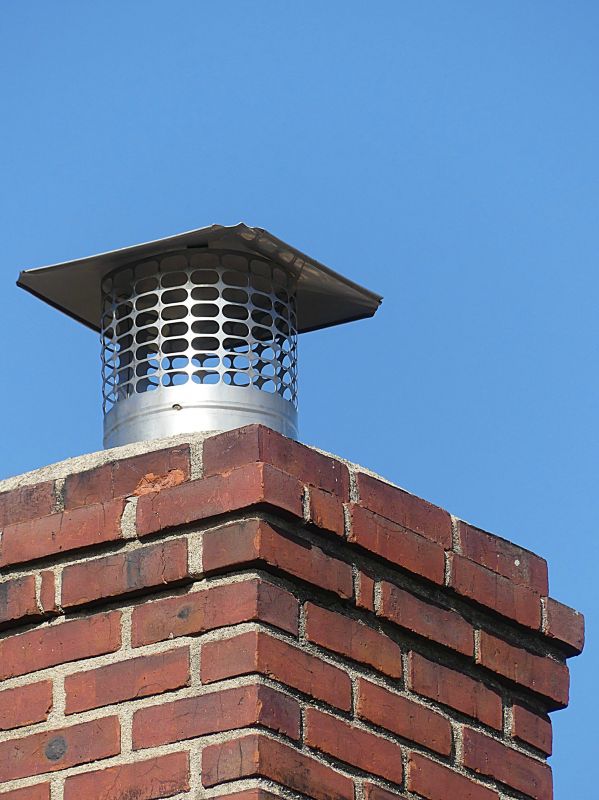
A chimney cap prevents debris, animals, and water from entering the chimney, reducing damage and blockages.
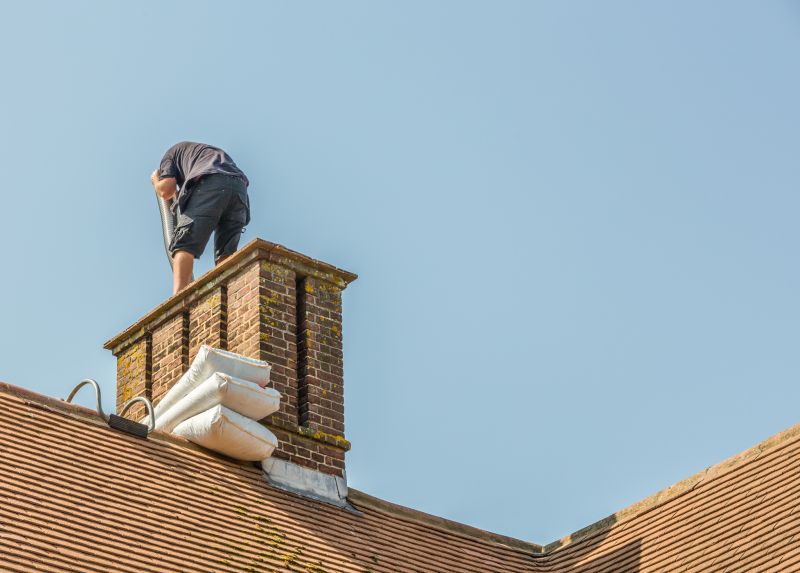
The liner protects the chimney structure from heat and corrosion, ensuring safe venting of smoke and gases.
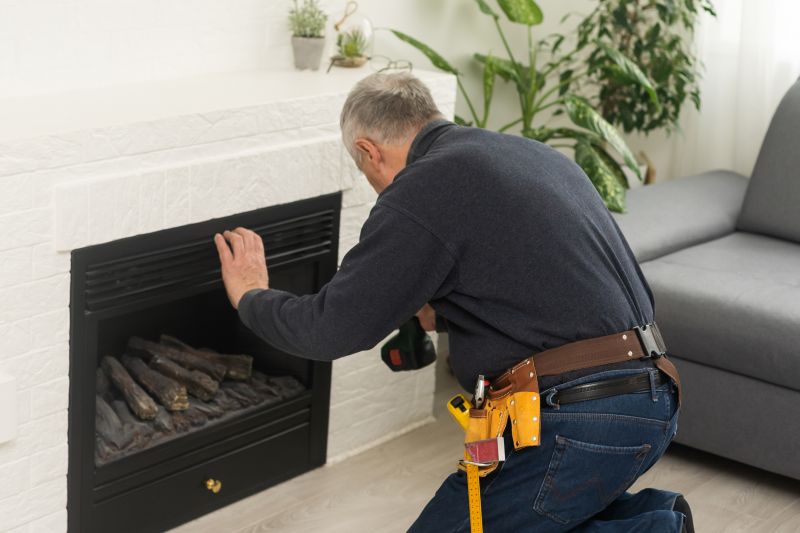
The damper regulates airflow and prevents heat loss when the fireplace is not in use.
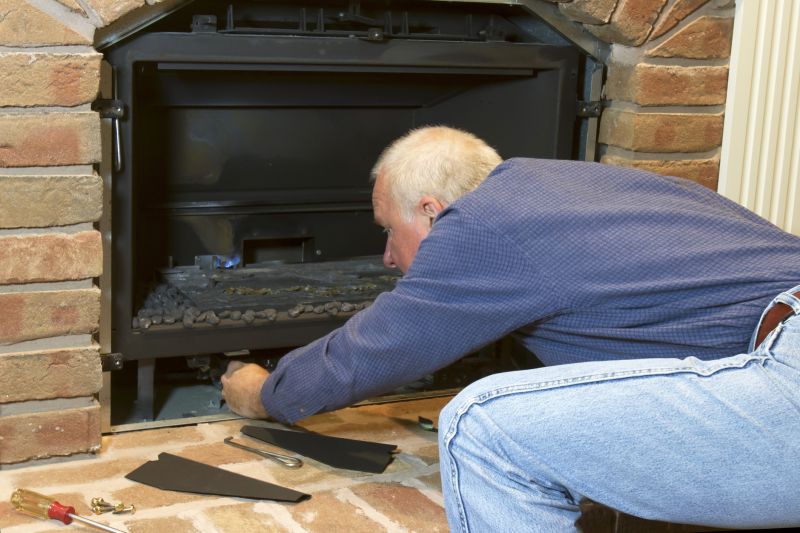
Inspecting the interior ensures there are no cracks or creosote buildup that could pose fire risks.
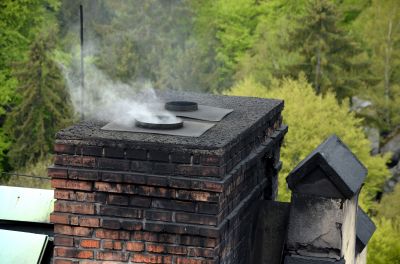
Examining the exterior helps identify cracks, deterioration, or obstructions that could compromise safety.

The flue directs smoke out of the home and must be clear and intact for proper functioning.
Chimney components such as the chimney cap, liner, damper, and flue play vital roles in maintaining a safe and efficient fireplace. Damage or deterioration in these parts can lead to smoke leakage, fire hazards, or structural issues. Regular inspections help identify problems early, preventing costly repairs and ensuring safe operation.
Routine inspections help detect issues like creosote buildup, cracks, or obstructions that could lead to chimney fires or carbon monoxide exposure.
Neglecting chimney maintenance can result in fire hazards, indoor air pollution, or structural damage to the home.
Professional inspectors assess all key components, including the liner, cap, damper, and interior structure, using specialized tools.
Cracks, rust, soot buildup, or loose components indicate the need for immediate attention.
Ensuring proper functioning of a chimney and fireplace reduces risks and enhances efficiency. Regular inspections are a proactive measure to maintain safety and prolong the life of the chimney system.
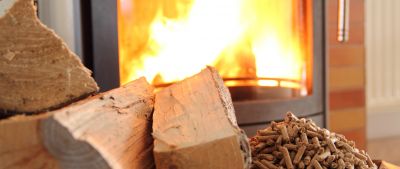
A well-maintained wood fireplace ensures efficient heat output and safe operation.

Cleaning removes creosote buildup, reducing fire risk and improving draft.
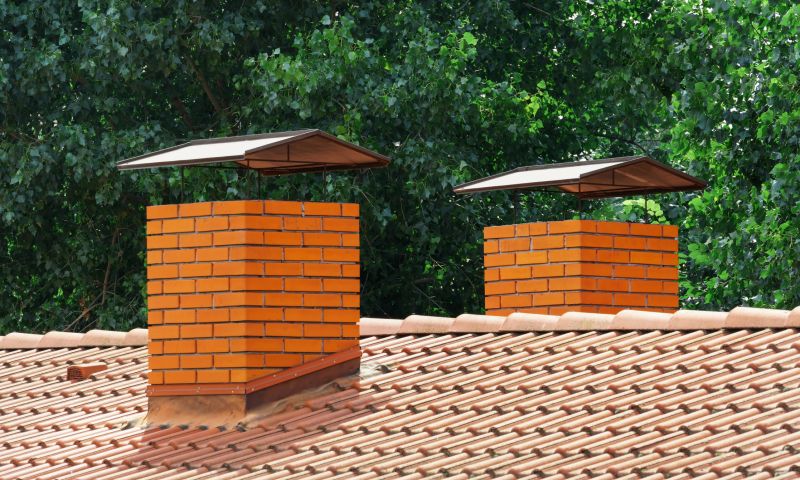
Checking the damper ensures proper airflow regulation and energy efficiency.
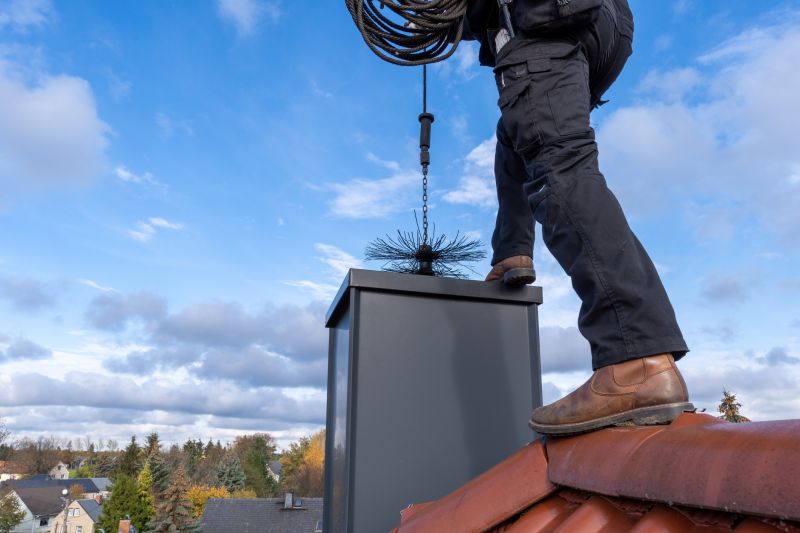
Timely repairs prevent further damage and maintain safety standards.
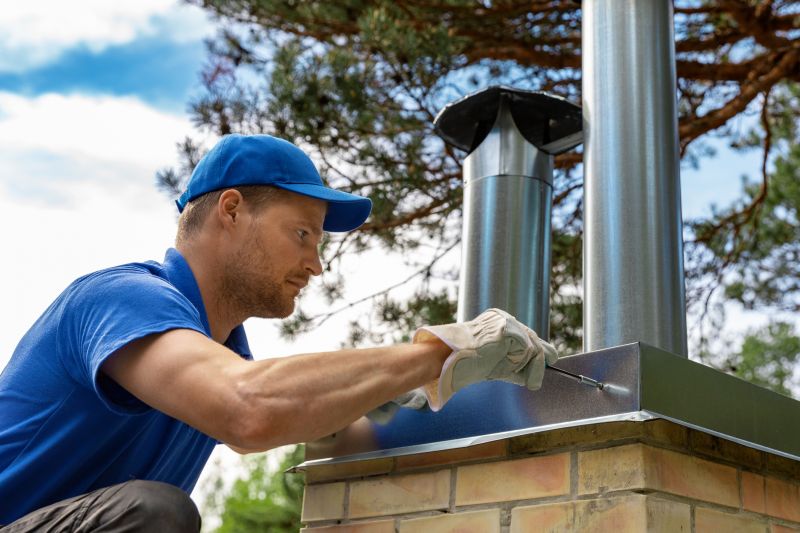
Installing a cap protects the chimney from debris and pests.

Proper ventilation ensures smoke exits efficiently, preventing indoor pollution.
Contacting a professional for a chimney inspection is recommended at least once a year or after any significant weather event or fire. Use the contact form to request a quote for chimney inspection services and ensure the safety and efficiency of a wood-burning fireplace.



